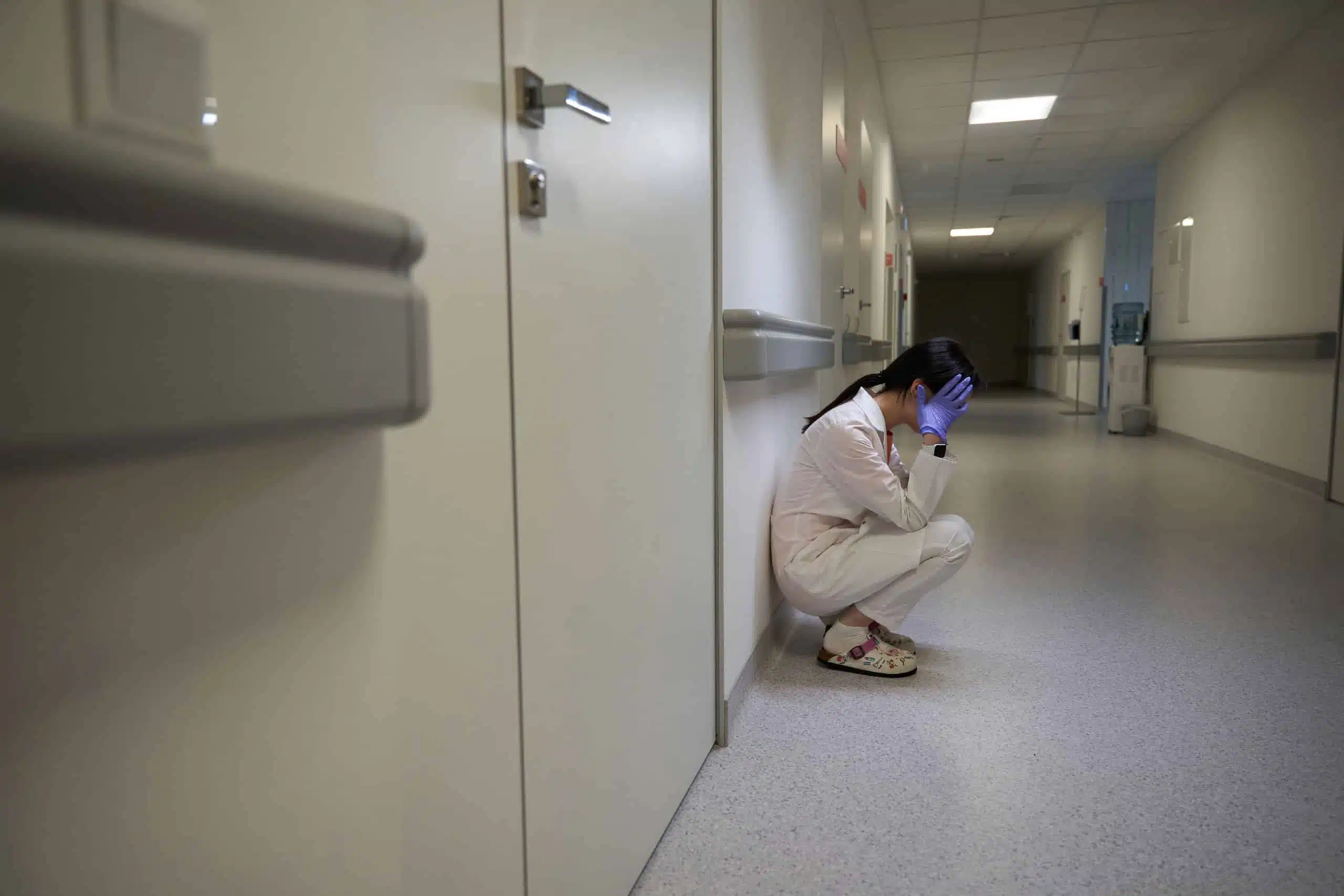We all feel grief at some point in our lives. It is often described as the “flip side of love.” If you love something or someone, there is significant pain when you lose it or them.
While there are many definitions of grief, one is that:
Grief can take the form of regret for something lost, remorse for something done, or sorrow for something that has happened to you.1
Every person grieves differently. Some of us may cry and talk it out, while others may channel our grief into activities. What’s important is that we learn how to grieve in our own way.
Loss can produce mixed feelings, not just grief. For example, the death of a COVID-19 patient may cause sadness, relief that the patient is no longer suffering, anger that they died in an unacceptable way — or all those emotions and more.
We cannot avoid suffering and there is no timetable for feeling pain after loss. Trying to suppress grief can take up a lot of energy and stretch out the process of recovery.
Grief is also not linear and there are no set stages for grieving. Rather, the experience can be fluid.
